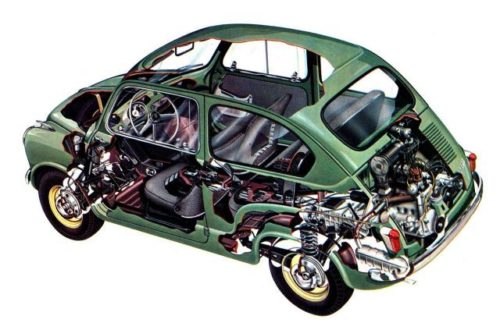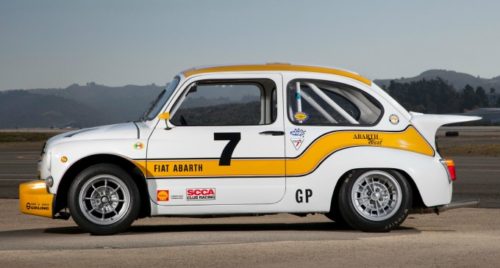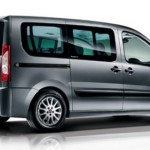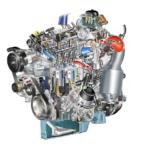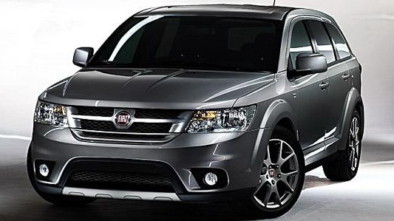FIAT 600 - History of the Fiat 600
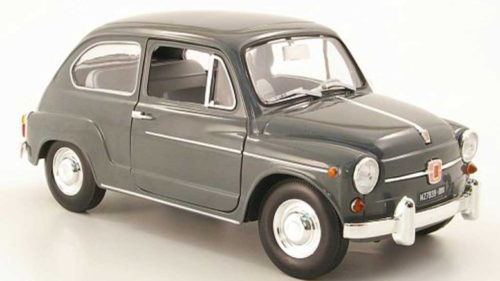
FIAT 600
The Fiat 600 was created in the mid-XNUMXs as a well-designed plan for FIAT to capture the first train of progress and a better working-class life after the war. Cheap, spacious enough and usable, it has become popular across the globe.
The idea was simple. It was necessary to construct a car that could be bought by the workers who made it on the production line. This idea was back in 1951 by the Fiat administration to the genius Dante Giacosa. Said done. Like any genius, Giacosa drew the construction of a new lower-middle class car by the way, with his hand on a piece of paper.
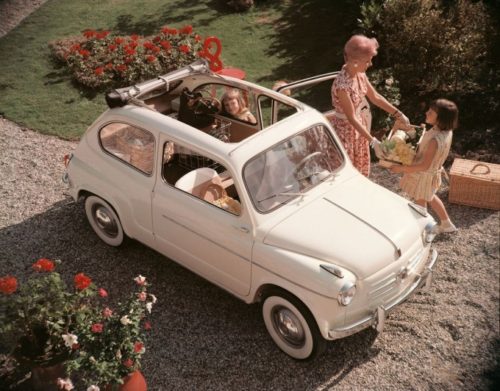
The canvas limo was one of three versions of the Fiat 600
After elaborating the idea, he presented it to the board. They, of course, immediately began to think of the market and variations of the concept began depending on the possible mechanics to be used. Fortunately, the basic idea of Djako's was eventually accepted. The 3,2-meter-long car will have a self-supporting body and an engine located behind the rear axle. The front wheels are triangular shoulder water supported by a transverse leaf spring which also serves as a stabilizer, while the rear axle has longitudinal arms, coil springs and oil shock absorbers.
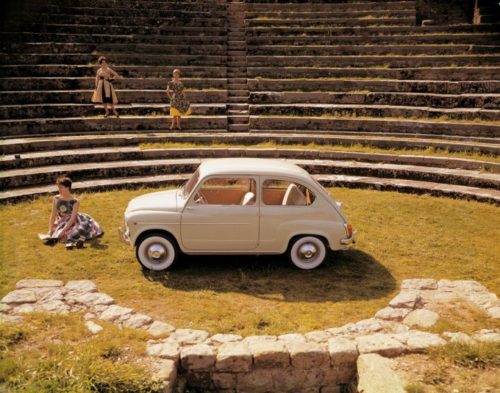
The 600-meter-long Fiat 3,2 was able to accommodate four people relatively comfortably
The Giacosa had yet to construct an engine compact enough to fit into the tail of a small car. There were a number of different ideas on the desktop, and a regular 633-cylinder, 22cc, XNUMXhp engine was selected at the end.
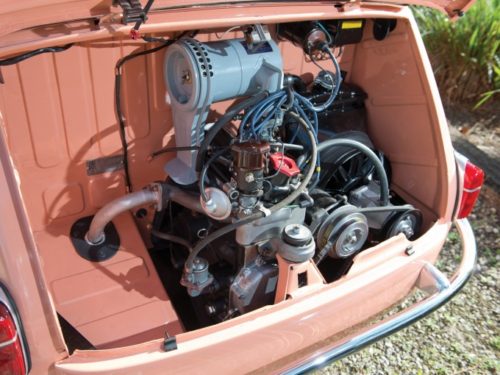
The first engine in the Fiat 600 had 633 cc and developed 22 bhp
It had suspension valves located in the head and a camshaft in the engine block (OHV). This engine is the originator of a family of aggregates that were used in many Fiat models until 2010, when the production of "seicent" was shut down. With this model, the last variant of this engine has gone down in history. It is the famous 903cc engine (known to us from the "south 45") that was made for "seicento" by none other than our DMB!
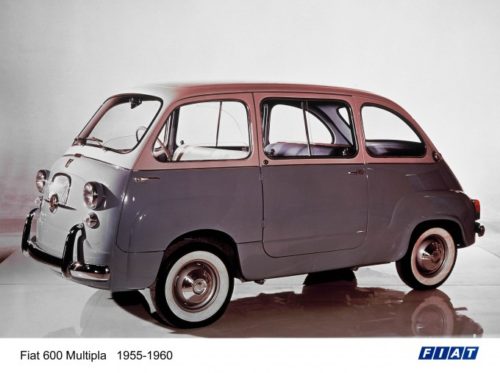
Multipla is the first MPV car in the world
The premiere of the Fiat 600 na took place at the 1955 Geneva Motor Show. Then the basic version, a two-door sedan and four seats, was introduced. Exactly one year later, two more versions were introduced: a large-canvas sedan and a "multiple". The 22-hp sedan had a top speed of 95 km / h, and it took 80 seconds to accelerate from standstill to 27 km / h.
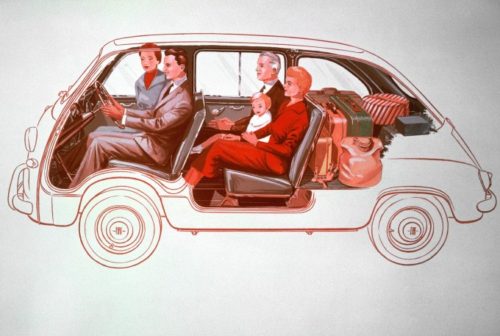
There were three versions of multiple, this is a variant with two rows of seats
Multipla is one of the pearls of Fiat's history and a true testament to Dante Giacosa's ingenuity. He managed to make the world's first MPV car on the mechanical platform "Fiat 600". Not only did he devise a brand new car concept, he was able to accommodate as many as six adult passengers in minimal space! He achieved this by placing the driver and front passenger in front of the front axle.
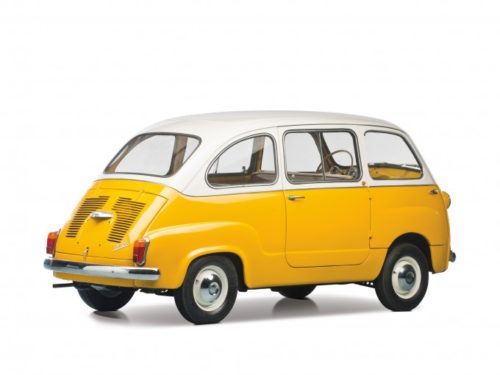
Multipla did not experience a face lift in version D due to the front counter doors
This arrangement made it possible to free up huge space behind the front row of seats. The factory produced three variants of "multiple". The one with six separate seats had a brilliantly crafted seat-folding mechanism. When the rear seats are folded down, they leave a completely flat surface.
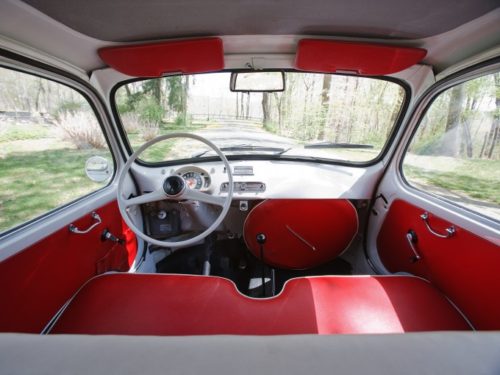
The steering axle passed between the driver's feet
The diacosa predicted that it would be used as a comfortable bed during picnics, but in practice people used it to carry a large amount of cargo. The second variant was a four-seater with a classic passenger bench, and the third was a taxi version with luggage space in the passenger seat.
During production, Fiat continually introduced minor changes and improvements to its hit model. In the first few years, door trim was introduced, the window opening method was changed, and the contact lock was changed several times. In 1959, the engine block underwent changes and the carburetor was replaced, so the declared top speed increased to 100 km / h. The biggest change, practically a facelift, occurred in 1960. Then the car was renamed the "fiat 600 D".
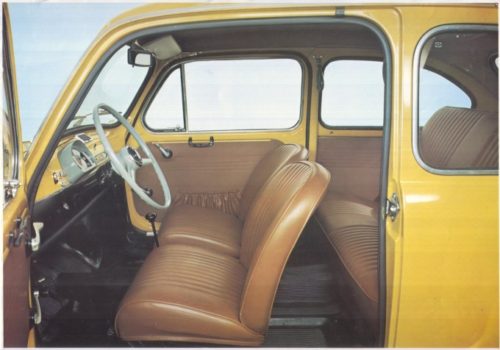
Amazing cabin space offer
It got a look that remained virtually until the end of production, in the Flag in 1985, and is remembered by most of us. In addition to its appearance, the biggest novelty is the 750hp, 26hp engine, which delivers noticeably better performance. Please note that the Fiat 600 D had a counter door until 1964, when it was forbidden by Italy. This law came to the heads of the "multiple" model, because its concept could not exist without the front door counter.
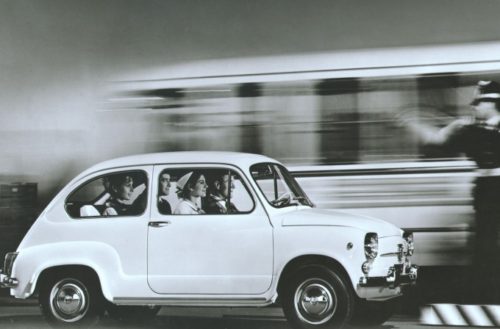
Restylation to version D came in 1965
Its production to the great sorrow of customers ceases in 1965. Fiat manufactured the Fiat 600 at the Mirafijori plant until 1969. The parent plant produced a total of about two and a half million "seicenters". Fortunately, the total number of cars produced did not stop at this figure alone. Fiat felt an incredible opportunity to expand the production of the popular Fiat 600 across Europe.
The first factory to accept the fiat 600 ″ was the Red Flag from Kragujevac. Production of our "feature" began as early as October 18, 1955, seven months after the world premiere of the car. A year later, the Germans also accept the production of this "Fiat" at the NSU / FIAT Jagst plant. In 1959, a small Fiat crossed the Atlantic and came to Argentina where its production began.
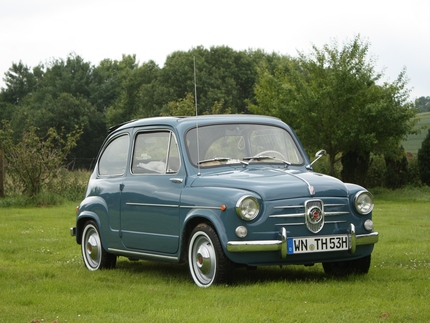
The German version was more luxurious than the Italian version
Seicento also conquered Chile, Uruguay and Colombia, where it was produced and marketed for a long time. The last to win the production of the "600" Fiat were the Spaniards, who in 1969 practically inherited a set of tools and machines from the Mirafijori factory in Italy. We must note that the Spaniards were the most creative in processing. All other factories adhered to the factory specifications and made adjustments in parallel with the Italians.
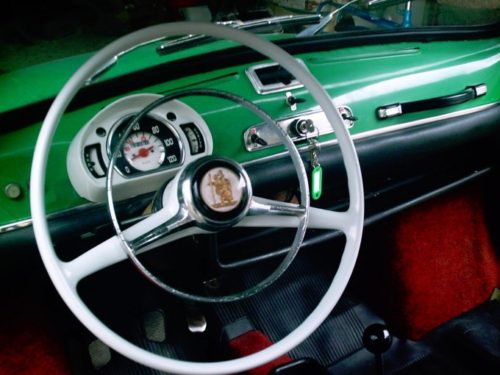
NSU / FIAT Jagst
Shortly after winning production, the Spaniards experimented with extended wheelbases and introduced an unusual version of a four-door sedan, the only one of its kind in the world. The last production of the Fiat 600 je came off the production lines on November 18, 1985 in Kragujevac, ending a significant era of world motoring. An era in which the working class was motorized and thus experienced a new dimension of freedom in life.
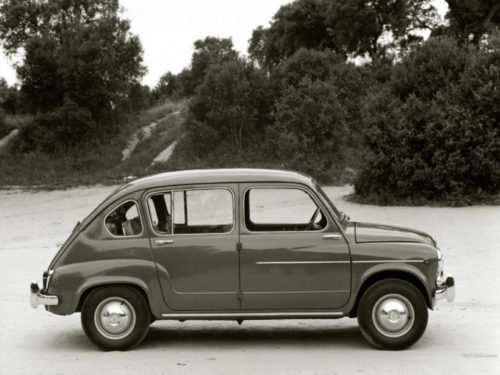
The Spanish also built a four-door version
And the “Fiat 600 ″ will remain eternally recorded in history as the first car to succeed in conquering most of the world markets, either through sales only or as a domestic car from a domestic factory. From such a small and endlessly cute car - there are many!
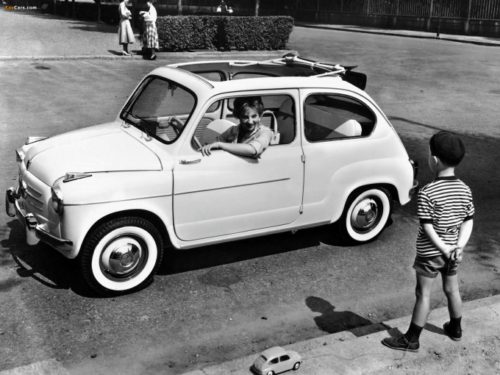
The Fiat 600 is the first global car
And that he was a sympathetic and practical witness to the numerous bodybuilders who used mechanical platfors during the XNUMXs and XNUMXs to create endless versions. So Gija made the very popular jolly convertibles that were used for beach parties, as well as in very expensive guest transportation resorts.
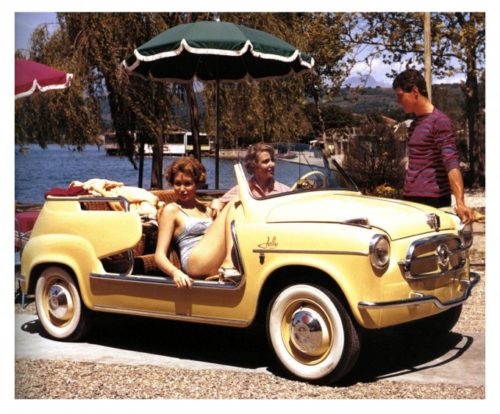
Gia jolly
Moreti introduced a range of sports coupes. Moreti competed in the beauty of their special versions with bodies like Vignale and Zagat.
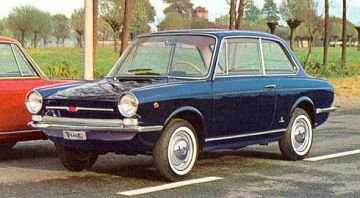
Vignals 850
The preserved specimens of these models today reach fabulous figures.
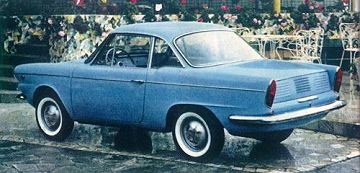
Vignale coupes
A special variant of the "Fiat 600" should be the freight "T" model. Specifically, the factory realized that many drivers were "misusing" a large space in the passenger compartment of a "multiple" passenger car and loading a bulky cargo.
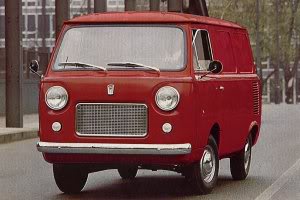
Fiat 850T
She reacted quickly and, based on the well-known mechanics, introduced the Fiat 600 T cargo van, which had cube lines and even more usable cargo space.
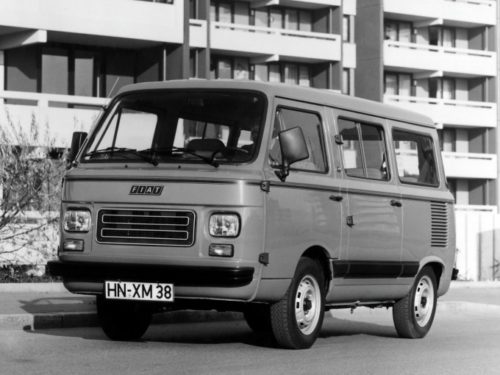
The luxury passenger version of the 900 1985T
The potential of mechanical construction with independent all-wheel suspension and relatively solid body was first noticed by the famous tuner Carl Abarth. Already in 1956 he introduced his first redesigned model "fiat 750 abart berlin". He remodeled the little "Fiat" so that they were completely legal for everyday driving. The famous racing variants came from these "civilian" variants.
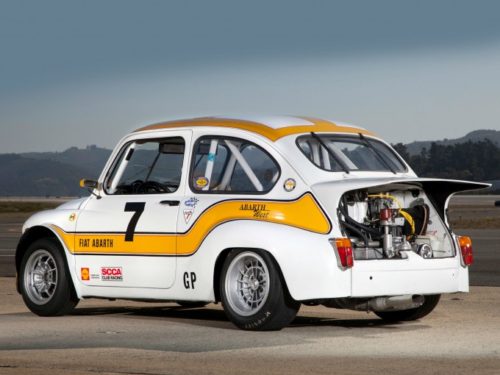
The famous raised hood is not there for engine cooling but for aerodynamics
With some reworked suspension and brakes, the biggest change is the engine, whose volume has been increased to 750cc from 41 to 50 hp, depending on the version. This was followed by the fiat 850 abart version. The engine was "rotted" and got more piston stroke. Abart made versions with a camshaft in the block and the more famous "TC" with a special engine head that he poured himself, which had two camshafts. There were versions with one or two twin carburettors, as well as mechanical fuel injection, with power going up to 93 bhp.
The ultimate "machine" of the time was the "Fiat 1000 abart". The engine received a volume of 982 cc and was sold in several versions, the same as the "850". The strongest version used in racing, but also in passenger variants, was 112 hp at almost 9000 rpm.
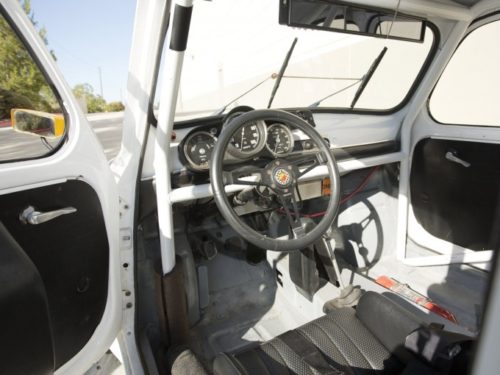
It tackled much stronger and more powerful cars
In addition to the standard shell he received from the factory and then further strengthened, Abart also gained great popularity with the bodywork designed and built by Zagato.
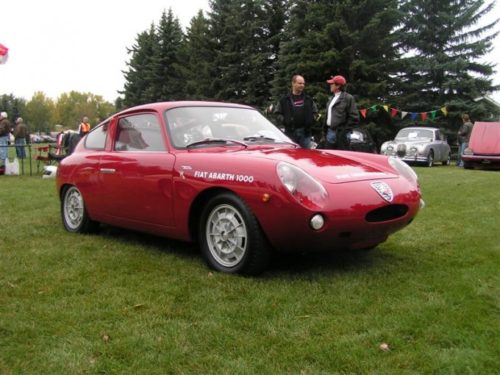
Zagat's bodywork and Abart mechanics
Interestingly, he sold the Abart tuning parts separately. So you could buy volume and power boost kits that included crankshaft, bearings, pistons and piston rods, as well as camshafts, special heads and carburettors, depending on the degree of improvement.
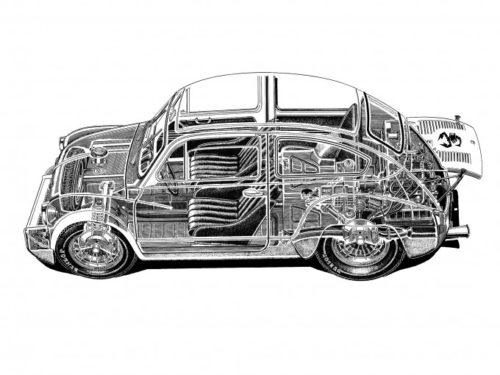
As ordered for tuning
In particular, kits for improving suspension and brakes were purchased. As a result, many more "mutants" are currently preserved that more or less deviate from the complete one variety Specifications than complete cars. Genuine “abarts” often cost more than some Ferrari models of the time.
The genius from the outskirts of Dante Giacosa is a genius constructor who constructed countless models for Fiat. Most of these cars were special in some way, either starting a new class of car, or introducing a whole new mechanical concept. Jacosa has a great trace in the history of motoring.
Without his ideas on some car classes and design solutions, we might still be waiting today. In addition to cars, Giacosa himself created mechanical components and engines. This artist's portfolio includes Fiat models such as "600", "multiple", "128" and "130".
Recommendation of similar texts:

Hi there, I am Mladen and I am an auto enthusiast. I started this blog years ago to help like minded people share information about latest cars, car servicing ideas, used car info, exotic cars, and auto technology. You will find helpful articles and videos on a wide variety of cars - Audi, Mercedes, Toyota, Porsche, Volvo, BMW and much more. Ping us if you have anything cool to share on latest cars or on how to make older cars more efficient, or just want to say hi!

